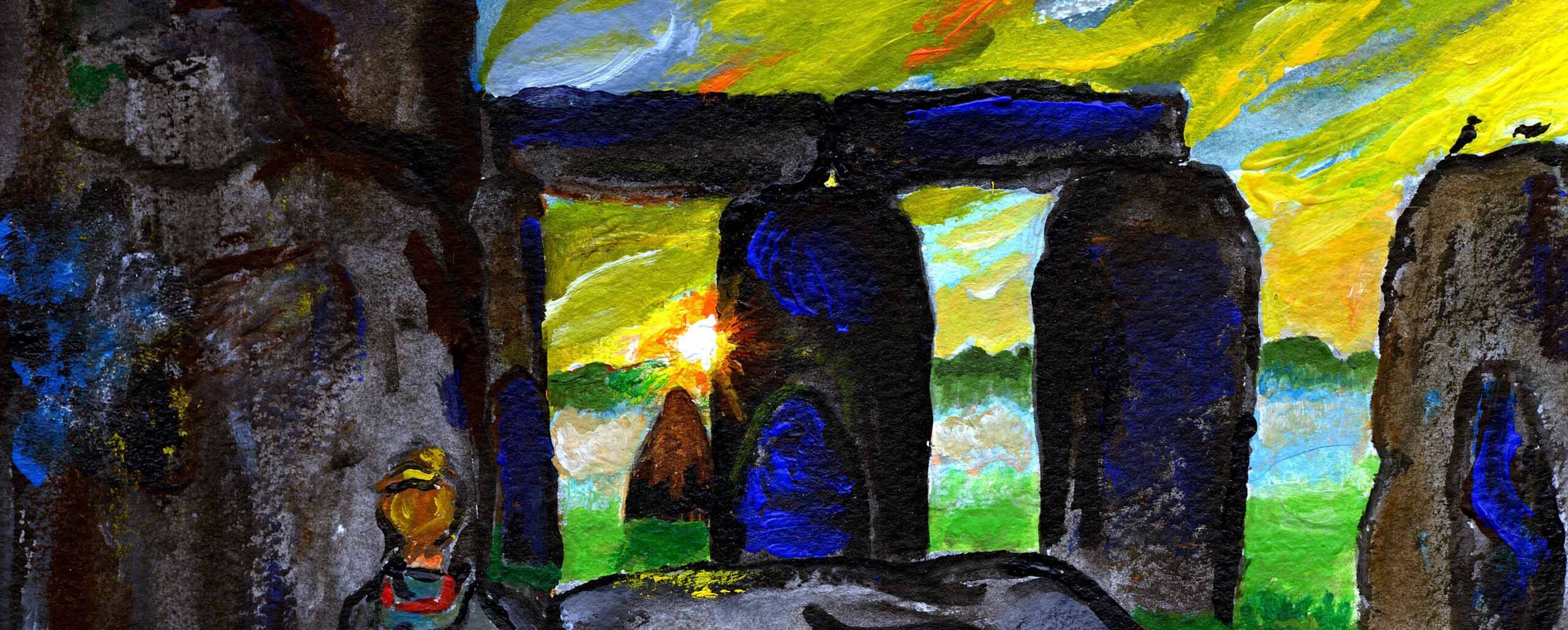Tomorrow, Saturday September 19, is Fall Astronomy Day.
This worthy addition to the American calendar was started in 1973. There was only a spring Astronomy Day till 2008, when the Fall one was added.
They are held in April or May, and in September or October, on the Saturday closest to the First-Quarter Moon. First Quarter comes on Monday, Sep. 21.
The best way to find out a great deal more about Astronomy Day and the activities it offers is to google “Astronomy Day.” Wikipedia has an easy timeline of events. You may find something happening near you. I’m just alerting you and can do no more!
But here is the sky on this eve of Fall Astronomy Day, with the Moon, on its way toward its First Quarter, passing less than 3 degrees north of Saturn. (Their closest moment will be at 3 Universal Time on Sep. 19, which in eastern America is 11 PM on the 18th.)
And here’s a mildly interesting point I forgot to bring out when telling you about the spring Day.
In April, First Quarter Moon fell on a Saturday, so that Saturday, April 25, was obviously the nearest Saturday to First Quarter Moon. The instant of the phenomenon – defined as when the Moon is 90 degrees east of the Sun – was 23:55 by Universal Time. If you round this off, it’s 24 o’clock, which is the same thing as 0 o’clock; that is, 0 UT at the beginning of the next day, April 26. So this was one of those calendrically curious instances of an event which some sources will give as happening on a certain day while others, having the habit of rounding to the nearest hour, will give on the following day.
(There is more about this kind of thing in the “Which Kind of Time” bit of the “Special Moons” section of the Astronomical Calendar.)
In any case, that moment when the Moon showed its exact backward-D shape essentially came at midnight between the two Universal Time days. But, because of the Daylight-Shifting Time of our clocks, in Britain this was 1 AM on the Sunday; in the US it was back in the Saturday, 8 PM in the Eastern zone, 7 in the Central, and so on.
The stars laugh at our clocks, and yet they made them.


My dilemna here is: Do I go to where my telescope is upstate, but rather remote and enjoy the sky by myself and Eddie, my dog, who probably doesn’t appreciate as much as I wish he might, Or stay in the Bronx and hang out in the park with some extra binoculars and draw more people’s attention to the sky and stars and planets? I’m leaning now more toward the latter. I’ll look for Uranus and Neptune another night.